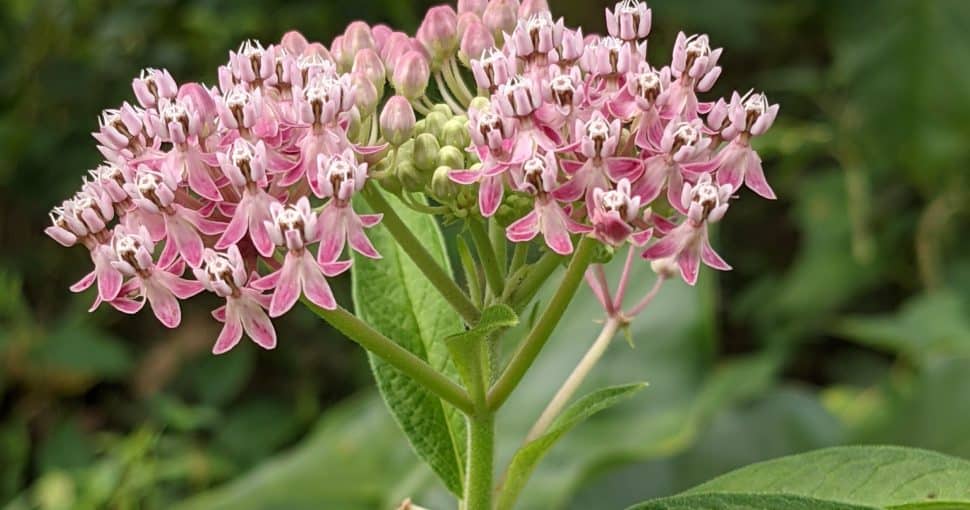The presence of vegetation contributes to the survival of life. In our regular diet, we consume a variety of plants, herbs, and other ingredients. However, we must keep in mind that we must be selective. Some plants, shrubs, and trees have the potential to be lethal to humans. Some attractive plants and flowers in your garden may contain poisonous substances that are lethal if consumed. If you live in Minnesota, these are plants to be careful with.
Contents
- 1. Wild Parsnip (Pastinaca Sativa)
- 2. Stinging Nettle (Urtica Dioica)
- 3. Poison Sumac (Toxicodendron Vernix)
- 4. Poison Hemlock (Conium Maculatum)
- 5. Buckthorn (Rhamnus Cathartica)
- 6. Poison Oak (Toxicodendron Diversilobum)
- 7. Great Millet (Sorghum Bicolor)
- 8. Nightshade (Solanaceae)
- 9. Swamp Milkweed (Asclepias Incarnata)
- 10. Dogbane/Indian Hemp (Apocynum Cannabinum)
- 11. Grecian Foxglove (Digitalis Lanata)
- 12. Horsetail (Equisetum)
- 13. White Snakeroot (Ageratina Altissima)
- 14. Buttercups (Ranunculus)
- 15. Hoary Alyssum (Berteroa Incana)
- 16. Poison Ivy (Toxicodendron Radicans)
- 17. Giant Hogweed (Heracleum Mantegazzianum)
- 18. Wild Teasel (Dipsacus Fullonum)
- 19. Dalmatian Toadflax (Linaria Dalmatica)
- 20. Meadow Knapweed (Centaurea Diffusa)
Many dangerous plants are so ubiquitous and appear harmless that their deadly properties are not immediately apparent. It is possible to be duped by plants; one portion of a plant may be nutritious while another part is deadly.
When it comes to preventing plant poisoning, one of the most suitable techniques is to become familiar with the plants that grow in your home’s interiorscape, landscaping, and neighboring woodlands or forests as well as their propensity for plant poisoning.
All of the flowers in your home’s interiorscape and yard should be identified by their names (both common and scientific). This will help you to make a list of the plants that could be possibly detrimental to your health.
The poisonous plants listed in the article are common 20 poisonous plants in Minnesota.
1. Wild Parsnip (Pastinaca Sativa)
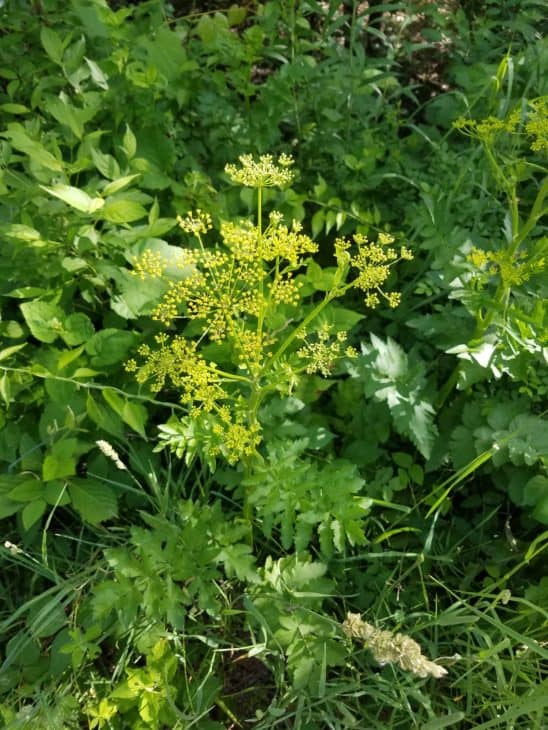
Roadsides and railroad tracks are the two most common places to find wild parsnip in Minnesota. Other disturbed environments where it can be found include natural areas, meadows and the edges of forest and farmland as well as waste sites and unmaintained gravel pits. There are several soil types it can tolerate, but it won’t grow in the shade.
2. Stinging Nettle (Urtica Dioica)
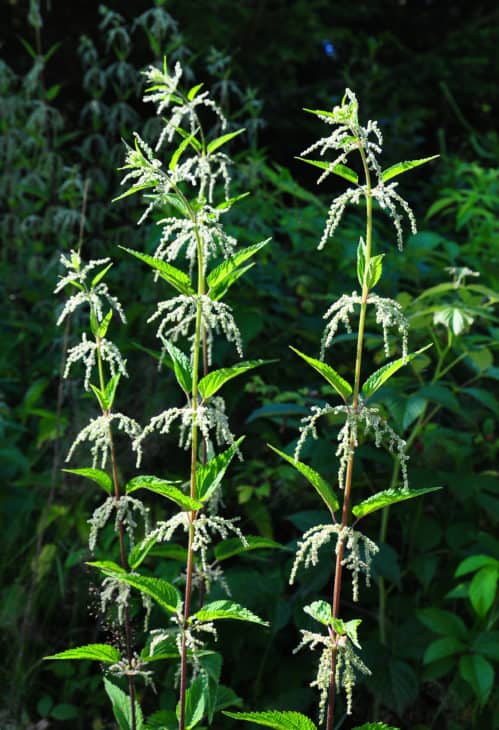
In addition to waste-lands, riverbanks, fence rows, and roadside ditches, this plant is sometimes found in orchards and vineyards because of its preference for damp, uncultivated environments. Stinging nettle plants can grow to a height of 2 to 4 meters. Several of its active components have been shown to have anti-inflammatory and laxative properties.
3. Poison Sumac (Toxicodendron Vernix)
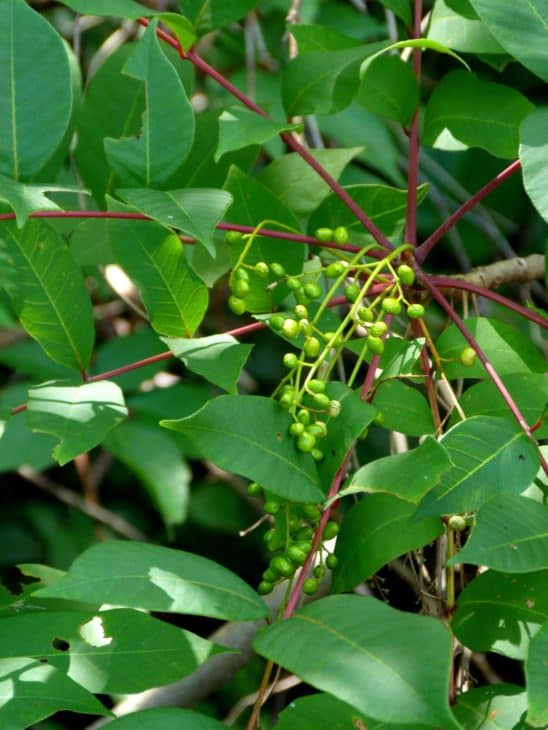
Poison sumac prefers to flourish in moist environments such as marshes. Poison sumac is common in outdoor spaces. Allergic skin reactions can occur if any of these plants are inhaled or come into contact with the skin. Reactions of this nature normally don’t require medical attention. Occasionally, blisters caused by the reaction could become infected and necessitate antibiotic therapy.
4. Poison Hemlock (Conium Maculatum)
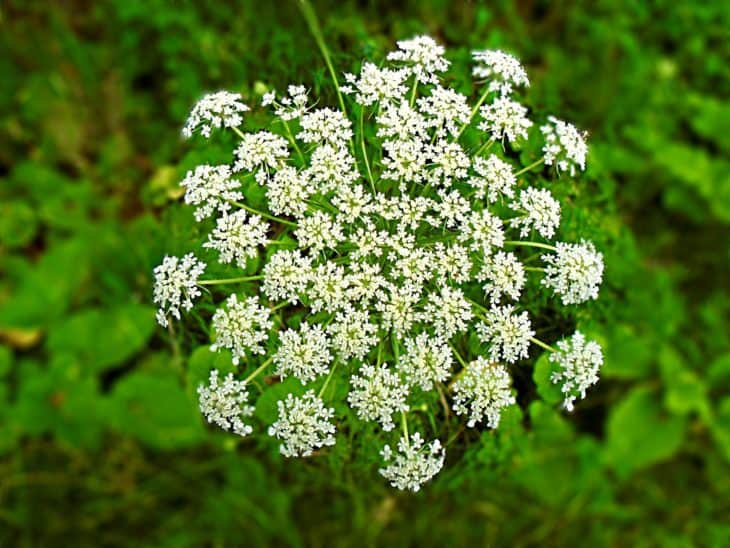
This poisonous plant can be found in garbage areas and along fences and roadsides. It can get tangled in with benign plants, making it particularly hazardous to livestock. In the spring, Poison Hemlock leaves are especially toxic until the plant produces flowers. When it comes to poison hemlock, the roots and leaves can readily be confused for wild parsnips or parsley.
5. Buckthorn (Rhamnus Cathartica)
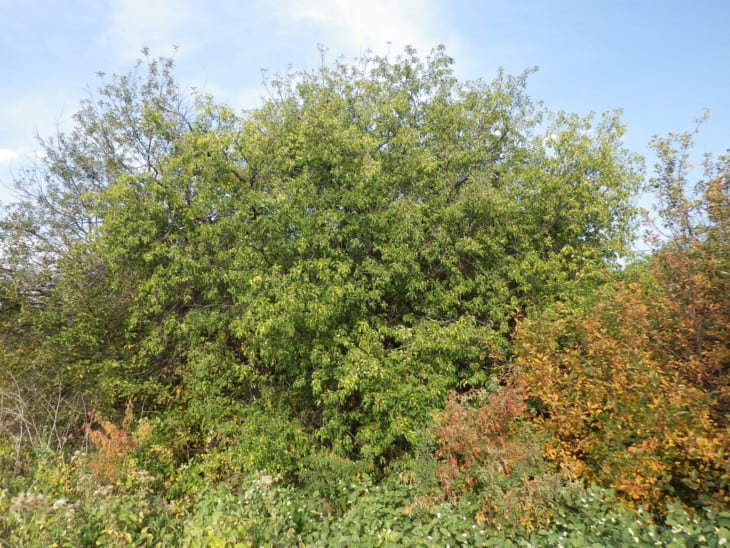
These plants were imported to North America in the early 1800s as ornamentals, but over time they have escaped landscapes and established themselves across the country in wooded areas and the edges of fields. Buckthorn can tolerate a wide range of soil types and contaminants, making it an ideal plant for urban areas.
6. Poison Oak (Toxicodendron Diversilobum)
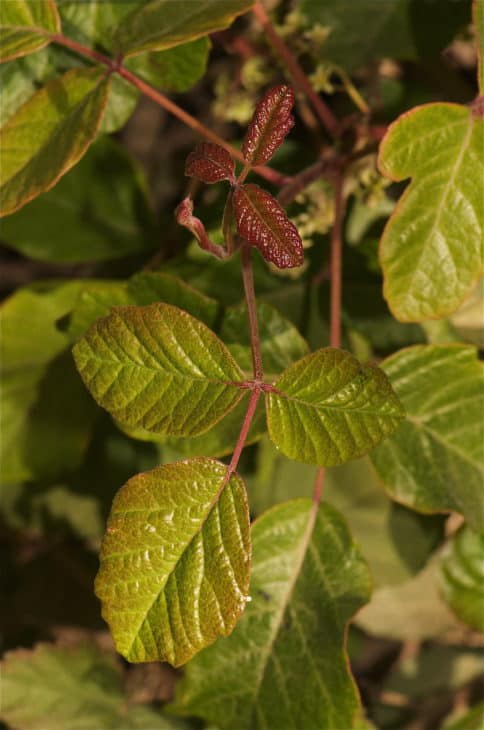
Poison oak prefers forest and savanna environments. Some of the places where it can be found are fence rows, creek banks, meadow boundaries and various other non-cultivated areas. Exposure to the plant’s poisonous component urushiol may result in severe skin reactions in humans or livestock, including blisters, rash, and swelling of the skin.
7. Great Millet (Sorghum Bicolor)
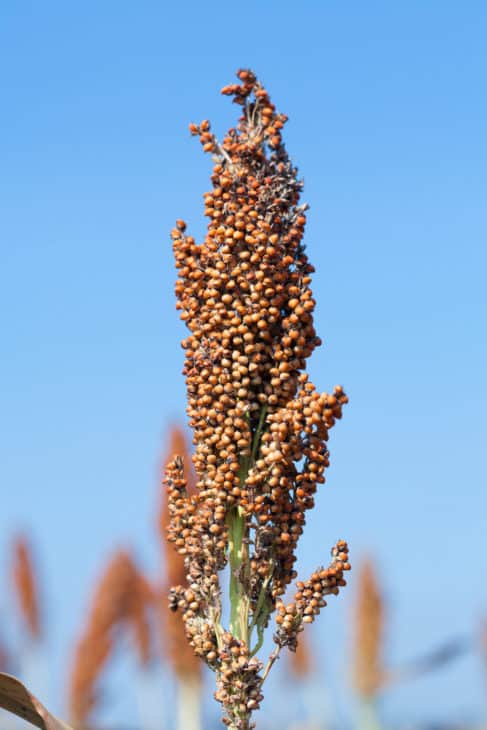
Sorghum, an agricultural grass native to Africa and a member of the Poaceae (grass) family, goes by many different names depending on where it is grown. It has been grown in southern Africa for about 3,000 years. It thrives in a wide range of climates and soils, and is noted for its capacity to thrive in drought. They favor rich, fertile soils that are damp yet drain well.
8. Nightshade (Solanaceae)
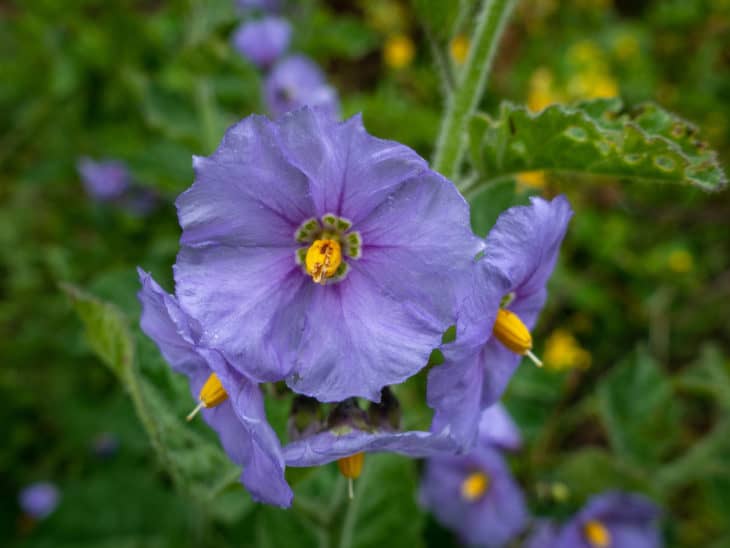
The Solanaceae are one of the most intriguing families of flowering plants because of their enormous morphological and chemical variety, as well as their enormous monetary value and widespread distribution. Central and South America are home to the bulk of the world’s species variety. Australians and Africans are two other regions in the world where there is a great deal of variation.
9. Swamp Milkweed (Asclepias Incarnata)
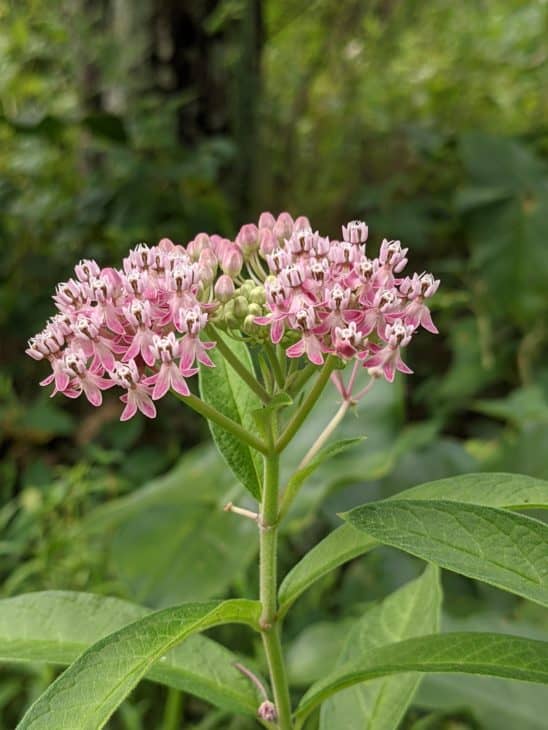
It’s one of the rarest varieties of milkweed. This poisonous plant can be commonly grown in swamps and other wetland habitats in several eastern states. Canada and southern states, including Texas, Minnesota, and Louisiana, are also home to this species.
10. Dogbane/Indian Hemp (Apocynum Cannabinum)
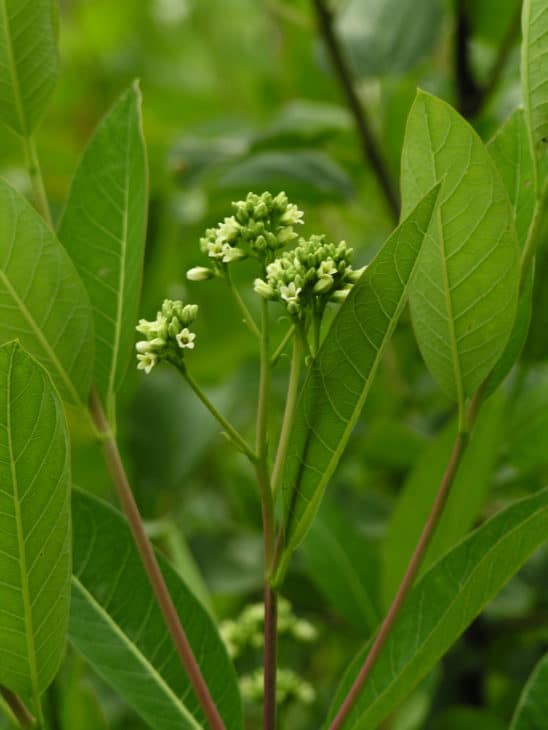
Rhizomes and taproots of Indian hemp create colonies through the dispersal of the rhizomes and the generation of seeds. This plant favors moist-mesic to dry-mesic environments because it is a grassland plant. Cutting or burning the stems of Indian hemp in the fall is necessary for strong spring growth.
11. Grecian Foxglove (Digitalis Lanata)
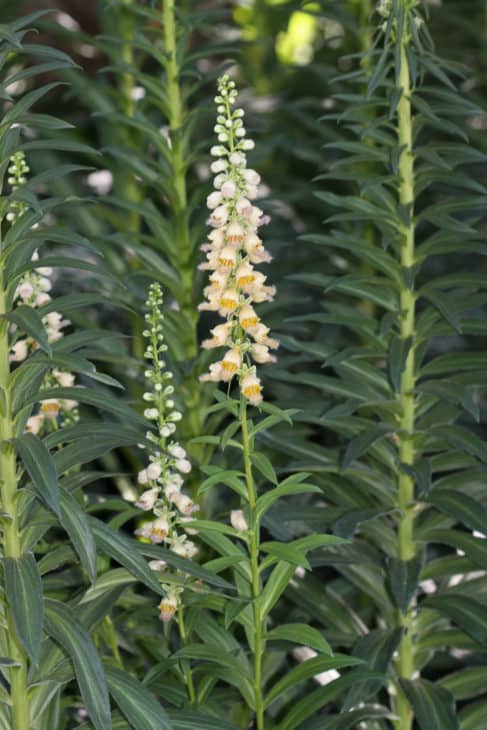
The Greek foxglove may grow in a wide range of environments, from the Mediterranean to the Himalayas. It is reported to grow in open sunny roadways, private yards, meadows, river cliffs, and forest margins in both Minnesota and Kansas. Toxic to humans, animals, and wildlife, the Greek foxglove is a noxious weed that can cause poisoning in livestock.
12. Horsetail (Equisetum)
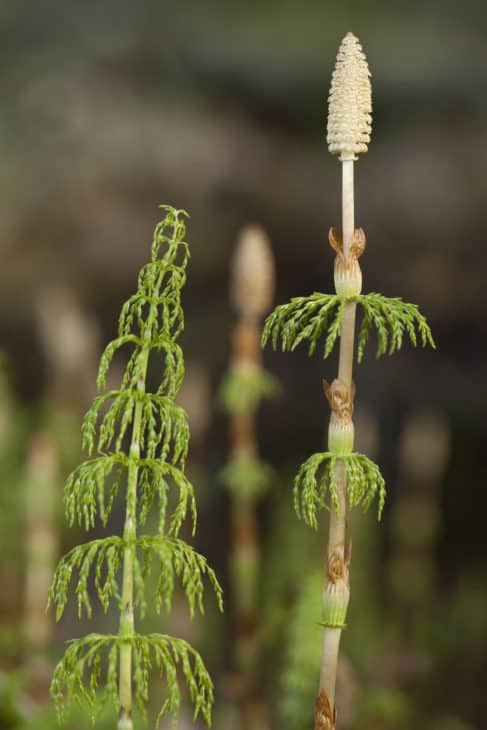
There are two ways for Field Horsetail to spread: vegetatively through rhizomes and as spores. This can lead to enormous colonies of this weedy plant along grassy roadsides and walkways. For this reason, it can be found in both dark wooded regions and sunny fields, often in disturbed soil. Long, spreading branches are typical in moister, shaded areas, while prostrate or shrub-like growth with many stems from the base is more common in drier, brighter conditions.
13. White Snakeroot (Ageratina Altissima)
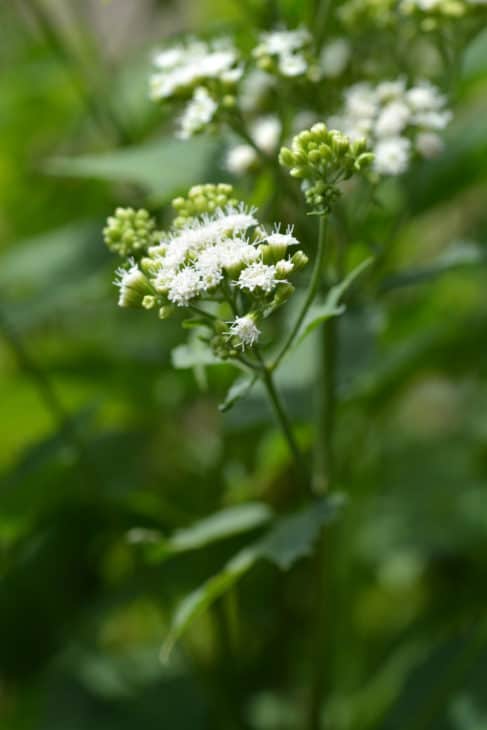
Toxic in small doses, white snakeroot causes tremors in animals and milk sickness in humans. The species may thrive in a variety of habitats, including wooded and brushy places, as well as open, barren ground in shaded areas. It can also be a weed in shaded gardens and hedgerows.
14. Buttercups (Ranunculus)
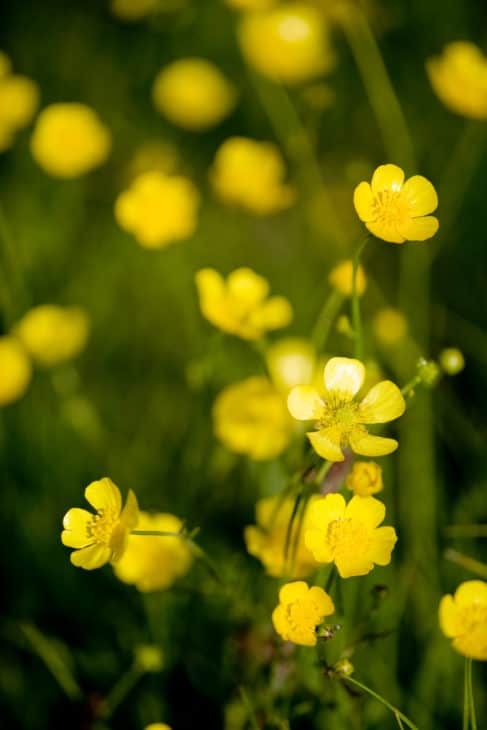
There are roughly 300 species of the Ranunculaceae plant family in the Ranunculus genus, which includes the buttercup (also known as the crowfoot). Buttercups can be found all throughout the world, although they’re most frequent in the northern temperate zone’s forests and fields.
15. Hoary Alyssum (Berteroa Incana)
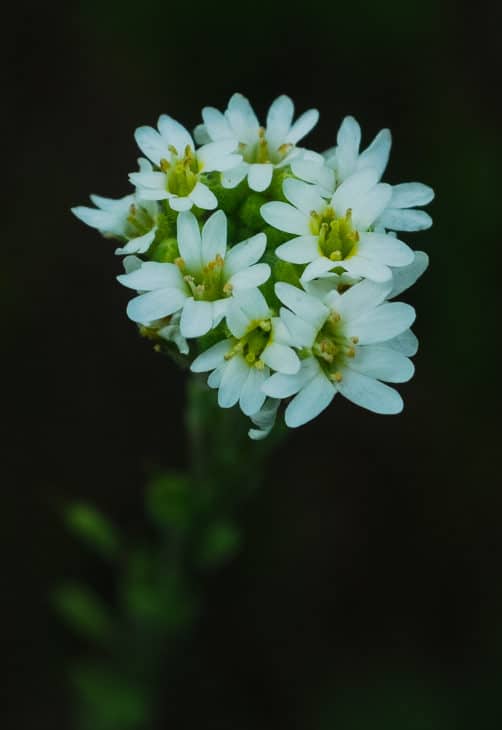
Hoary Alyssum thrives in areas where land is poor, dry to moist, and sunny – or in areas with fertile soil if there is a free spot available. The taproot is the source of its growth. The flower stalk emerges that same year from a cluster of basal leaves formed from seeds germinated in the fall. It is possible to grow flowering plants out of early seeds. Other plants are crowded out by a large number of developing seeds.
16. Poison Ivy (Toxicodendron Radicans)
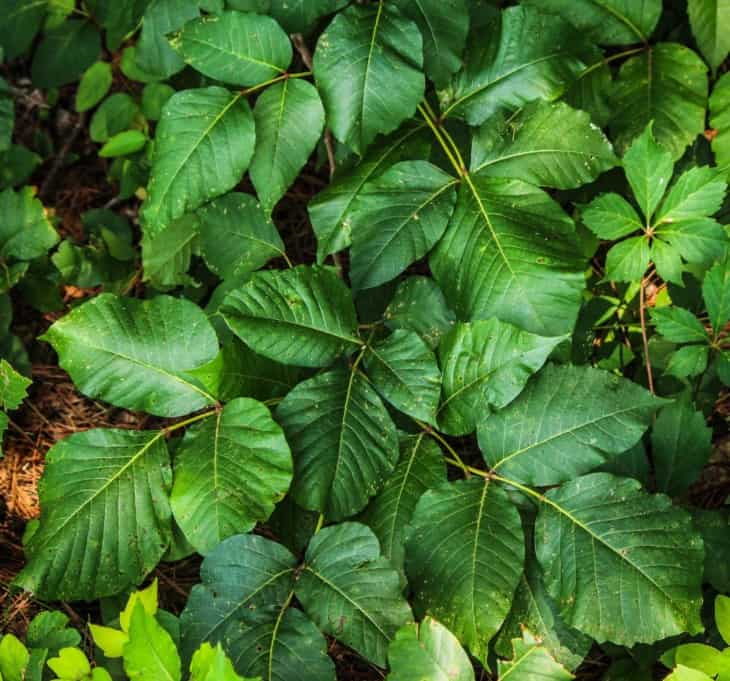
The adaptability of poison ivy should not detract from its infamous ability to cause an itchy and painful rash. There are several varieties, ranging from seedlings to shrubs to vines. It is simple to identify because of its shiny, variously serrated leaves, which are arranged in threes. Poison ivy has been demonstrated to be tolerant of being submerged in wastewater and could be employed as a sewage treatment method.
17. Giant Hogweed (Heracleum Mantegazzianum)
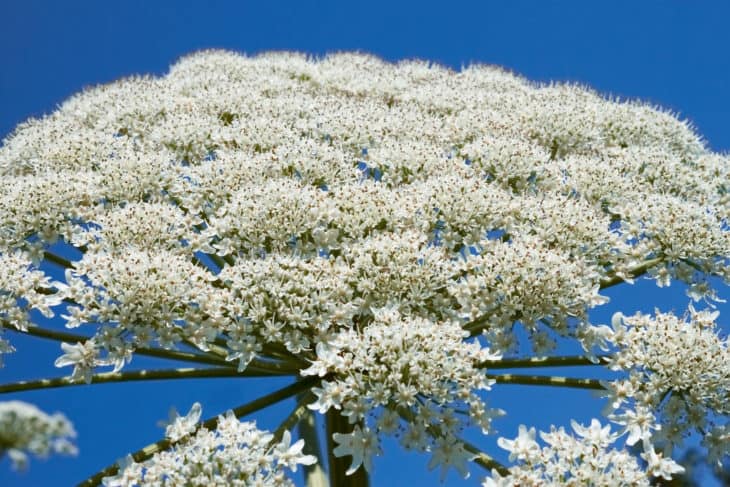
Among the many places where giant hogweed can be discovered growing are yards, open forested areas and stream banks, disturbed regions, meadows and ditches. It does best in full sun, but it can tolerate little shade. Toxic to the public and detrimental to fisheries, soil dynamics, and native plants, the spread of Giant Hogweed is a public health issue and an environmental threat.
18. Wild Teasel (Dipsacus Fullonum)
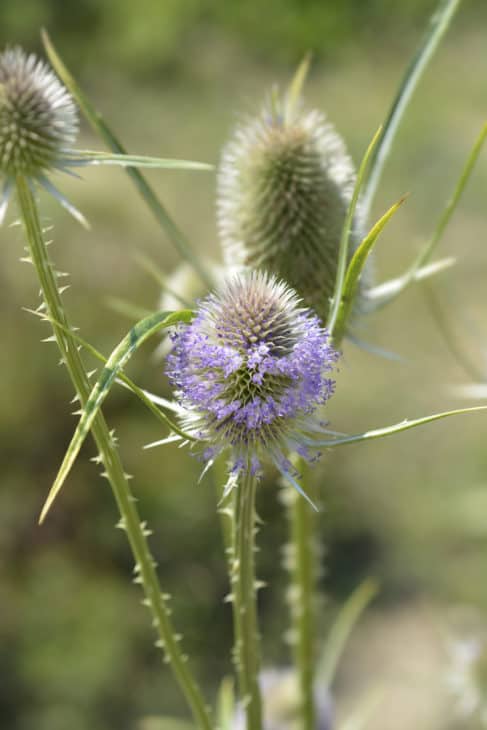
Wild teasel thrives in bright, open areas like meadows and roadside ditches. Plains, grasslands, leaks and shrubby meadows can all be invaded, but the species prefers disturbed environments. As a result of the teasels’ ability to establish dense stands, they suffocate other plant life. Wildlife habitat and species variety might be negatively impacted by this.
19. Dalmatian Toadflax (Linaria Dalmatica)
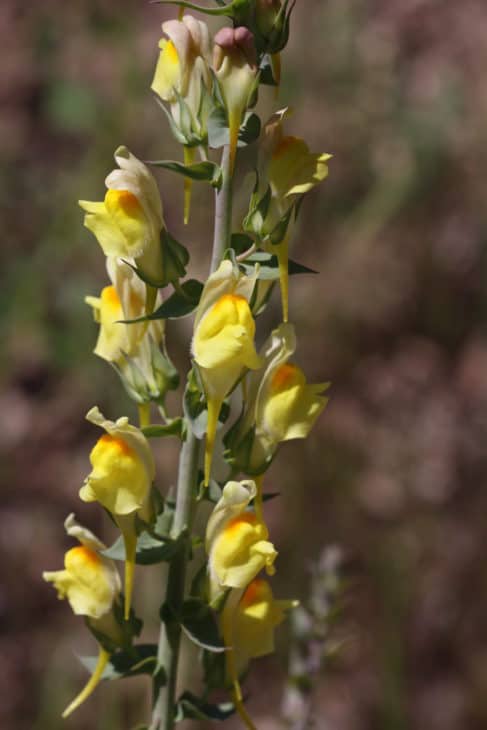
The Dalmatian toadflax needs well-drained, poorly graded soil in bright locations. Hillsides, meadows, residential areas, graveyards, gravel mines, and waste areas can all be included in this category. Large monocultures are formed when Dalmatian toadflax outcompetes beneficial species. There has been a decrease in livestock output, land prices, biodiversity and animal habitat in the western states due to infestations.
20. Meadow Knapweed (Centaurea Diffusa)
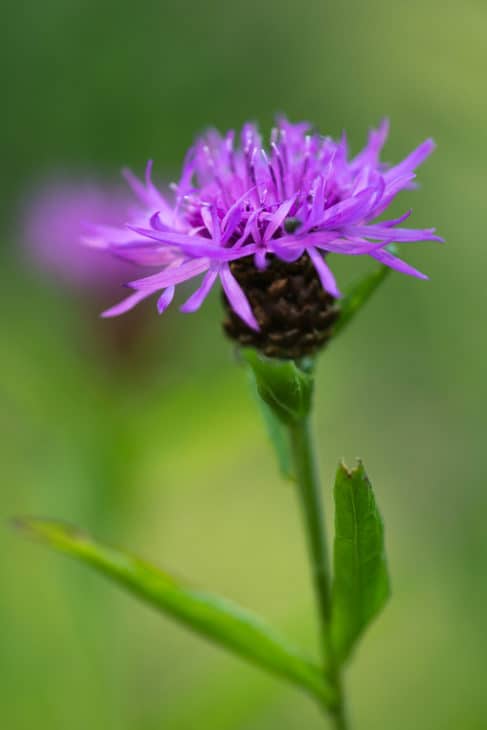
Wet lawns, hay fields, meadows, riparian regions, roads, and woodland openings are ideal habitats for meadow knapweed in the state of Minnesota. It can overpower other plants in grasslands, meadows, hay fields, riverbanks, and woodland margins. Wildlife habitats and species variety are likely to be negatively affected as a result of this.

